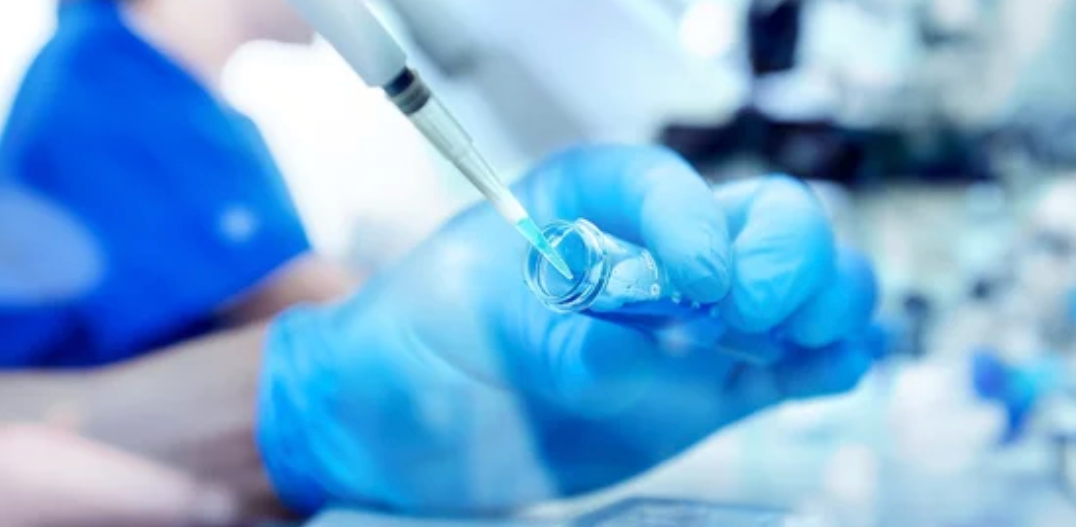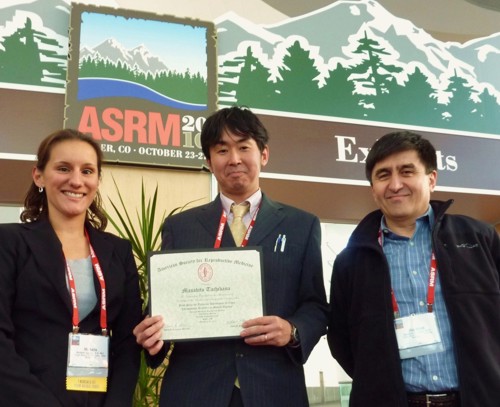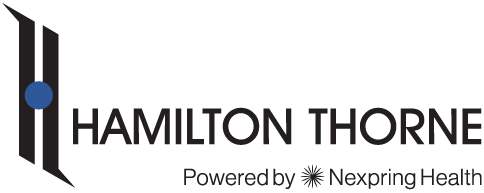
Oregon National Primate Research Center
Dr. Masahito Tachibana is a senior research associate in the laboratory of Dr. Shoukhrat Mitalipov, where he was first introduced to the XYClone® laser system. Tachibana uses the XYClone® laser system for oocyte and embryo manipulations, including nuclear transfer, chromosome transfer, ICM isolation, ICM/ESCs injections for making chimeras and blastomere/TE biopsies.
“Our research goals are to elucidate mechanisms responsible for oocyte based nuclear reprogramming and epigenetics, using nuclear transfer technology. “We are trying to establish germline gene therapy, using nuclear transfer technology as well.”
Masahito Tachibanaj
Senior Research Associate

Oregon Health and Science University
http://www.ohsu.edu/xd/research/centers-institutes/onprc/
Prior to the XYClone® laser, Tachibana was performing the nuclear transfer procedure without a laser system, which he believes “required a higher level of skill and a higher learning curve.” Tachibana says, “The XYClone® laser has helped us tremendously, especially for enucleation of the spindle-chromosome complex from mature MII oocytes. In primate oocytes, it is possible to remove spindles without laser assisted zona drilling. However, it would be very difficult to stay focused on both the spindle and pipette tip (without use of the laser), because you would need to exert more force with the pipette tip to pierce through the zona pellucida; thus, causing you to lose focus of where the spindle is. Since we have started using XYClone® to drill a hole in the zona pellucida, I have been able to easily focus on both the spindle and pipette tip at the same time during the whole enucleation step.”
In fact, the XYClone® system helped in the development of a new technique entitled “Chromosome transfer,” which was recently published in Nature, Tachibana et al. (2009). “Without laser assisted zona drilling, we might not be able to get high efficiency rates at reconstructing oocytes,” states Tachibana.
He has also helped set up multiple transgenic facilities and in each lab he recommends use of the XYClone® and the IVOS depending on the lab’s service portfolio.
Naumann believes prospective customers should know about the efficiency and cost reduction provided by our systems. He concludes by saying, “HT products provide a good method to make the reduction of animals real and supports the 3R’s guidelines in technical development.”
If you would like us to profile one of your customers, please contact Natasha Sudiaman at nsudiaman [AT] hamiltonthorne [DOT] com.
References:Poeymirou WT et. al. F0 generation mice fully derived from gene-targeted embryonic stem cells allowing immediate phenotypic analyses. Nature Publishing Group. 2007 Jan; 25(1): 91-99. Open Article Access.Zhang J et al. Conditional gene manipulation: Creating a new biological era. J. Zhejiang Univ-Sci B (Biomed & Biotechnol). 2012 Feb; 13(7): 511-524
